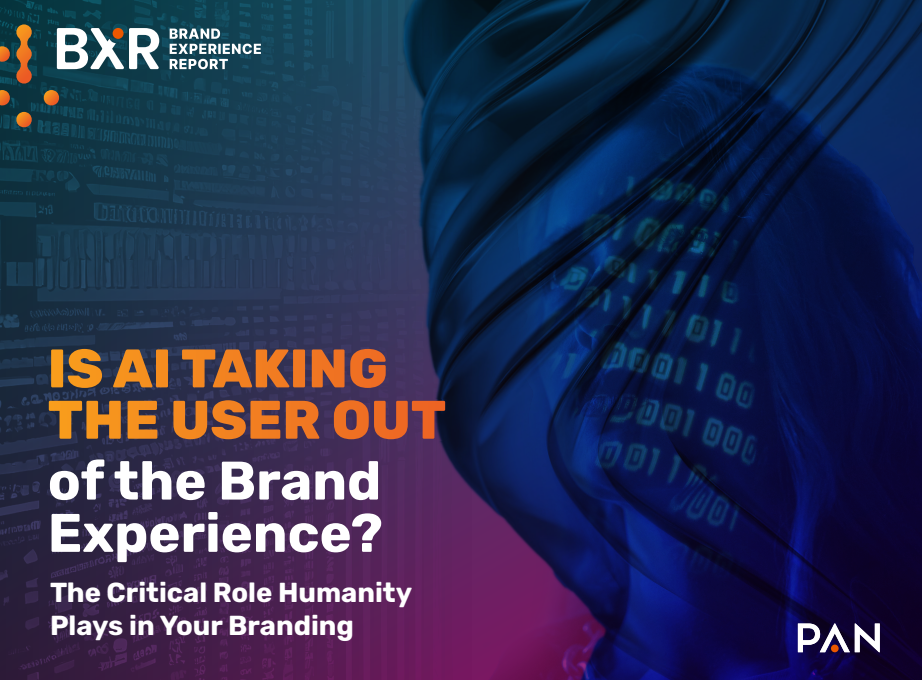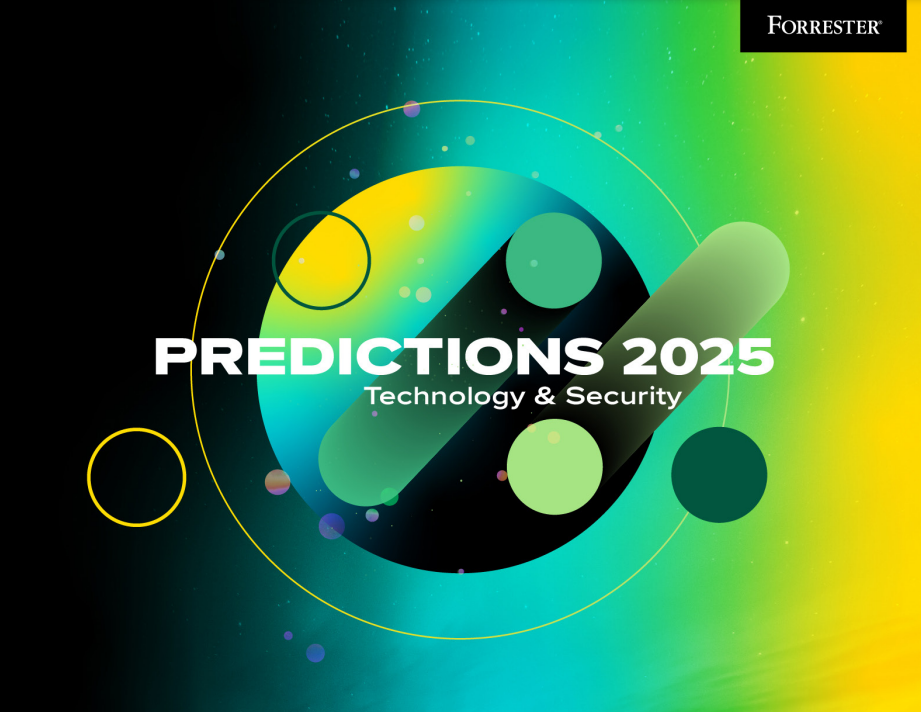Reinventing M&A with Generative AI | Accenture
Artificial Intelligence |
Introduction
For decades, digital technology has been a key focus for dealmakers. Acquiring digital capabilities is often a primary objective in mergers and acquisitions (M&A). In fact, nearly 60% of M&A executives anticipate that their deals will accelerate their transformation into digital businesses, with operating models centered around a robust digital core. This digital core serves as the foundation for Total Enterprise Reinvention and is a critical source of competitive advantage today. It harnesses the power of cloud, data, AI, and platforms through secure, interoperable systems, enabling rapid development of new capabilities across the organization. Managed by a Continuum Control Plane, it simplifies operations within a complex IT environment and is driven by people and processes designed to maximize value, especially in the era of generative AI.
Moreover, technology plays a vital role in streamlining and speeding up M&A processes. Innovations in virtual data rooms, cloud-based integration tools, and Big Data analytics have revolutionized due diligence, collaboration, risk assessment, and decision-making. These advancements have led to more seamless and quicker integrations and separations of business entities, ultimately resulting in better deal outcomes. Recent Accenture research reveals that in 80% of transactions that outperformed their sector averages, technology was a major focus. For many dealmakers, technology is both the means and the end of their M&A strategies.
However, despite leveraging technology to enhance and expedite M&A value, the reality remains that a majority of M&A executives report that over half of their transactions failed to meet or exceed synergy targets within their set timelines. This indicates that while technological advancements have been crucial, they are not a guaranteed solution for M&A success.

What’s now required is a fundamental reinvention of M&A approaches. Executives recognize this necessity, ranking Strategy and M&A as the third-most important functions to reinvent in the next two years. Nearly all executives (98%) view technology as the top lever for reinvention, with 82% identifying generative AI as one of the main drivers of this transformation.
Disruption persists
Dealmakers now face the challenge of pursuing mergers and acquisitions amid unprecedented disruption. According to Accenture’s recent Pulse of Change Index, the rate of change impacting businesses has surged by 183% since 2019, with technology now being the leading driver of business disruption—up from #6 last year. A significant majority (61%) of the C-suite executives we surveyed anticipate that technology disruption will accelerate even further in 2024. However, many executives are not fully prepared for this shift.

The rapid pace of today’s disruption demands an accelerated reinvention of the M&A function, making the rise of generative AI a timely development. To succeed, M&A executives must not only invest in generative AI but also learn how to effectively leverage and scale it to create value in an ever-changing environment.
Unlock the future of M&A with our comprehensive guide on generative AI. Dive deep into strategies for accelerating your success amidst rapid technological disruption. Don’t miss out—continue reading and download the report now to transform your approach and stay ahead in the evolving business landscape.
The Table of Contents of “Reinventing M&A with Generative AI” Report:
- Technology to the rescue (again)
- Dealbreakers for dealmakers
- Balancing AI investments and ambitions
- Imagine the possibilities
- Five imperatives for generative AI-enabled M&A
Number of Pages:
- 20 pages
Pricing:
- Free
Methodology
Survey:
We surveyed 750 C-suite executives with decision-making responsibilities in M&A, across 13 industries and 17 countries (January 2024). We asked them about their perceptions of the potential of generative AI across the M&A deal lifecycle (such as perceived value potential, adoption drivers, and barriers). We also asked them about adoption (such as level of investment, and level of adoption).
Productivity analysis:
We evaluated more than 19,000 tasks from almost 1,000 occupations from O*Net, the primary source of occupational information in the United States. Applying an M&A-relevant task layer, we tagged each of those tasks by the levels of proactive reasoning, interpersonal communication, and expert validation they required. Based on the tagging combination, we identified tasks that had the potential for productivity improvements—through a combination of both augmentation and automation—from generative AI.






